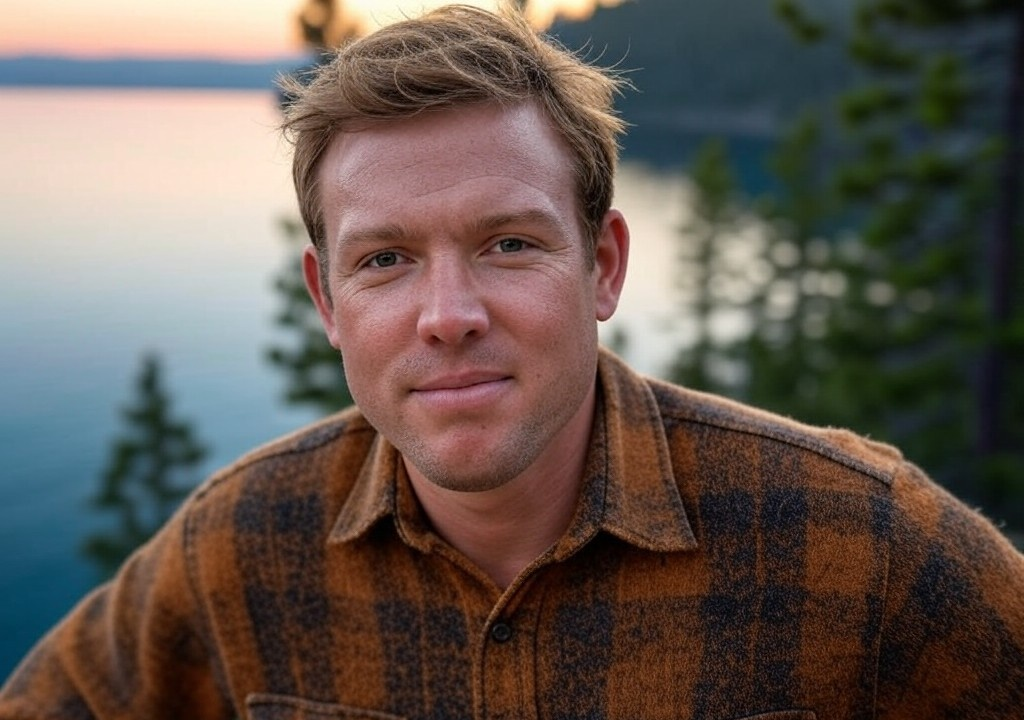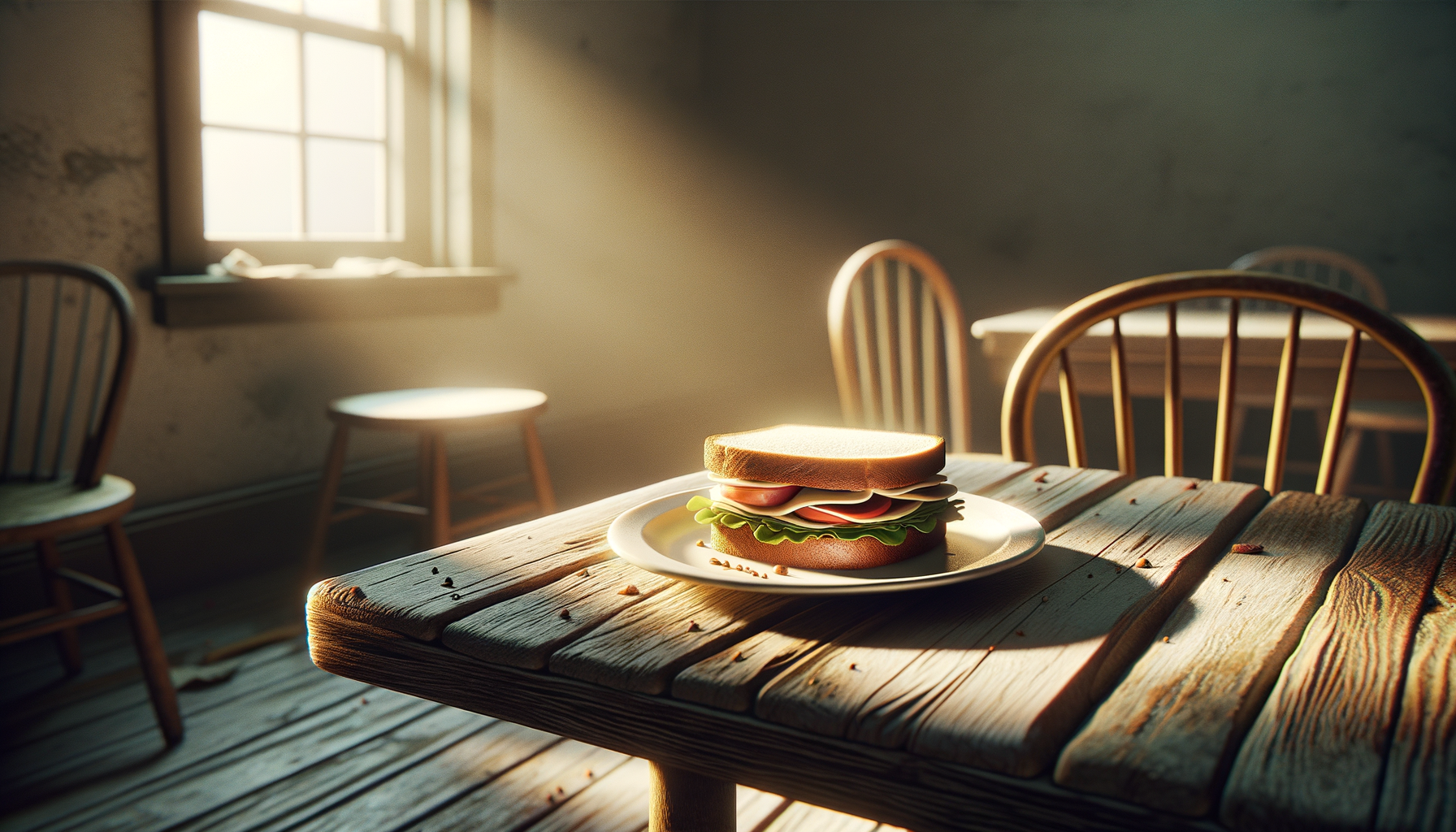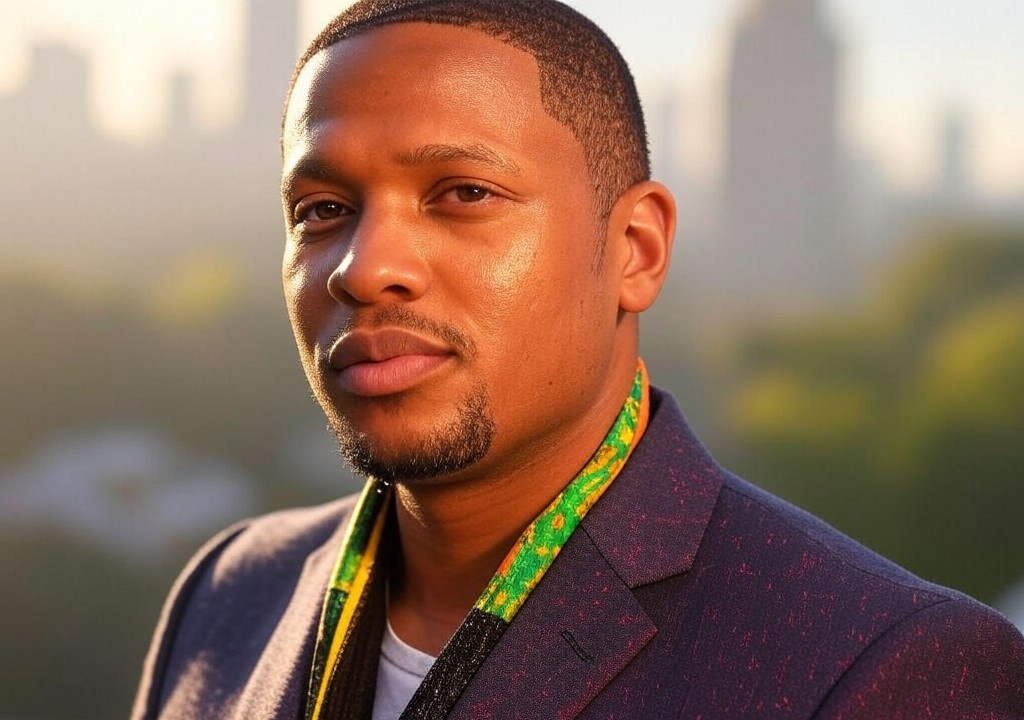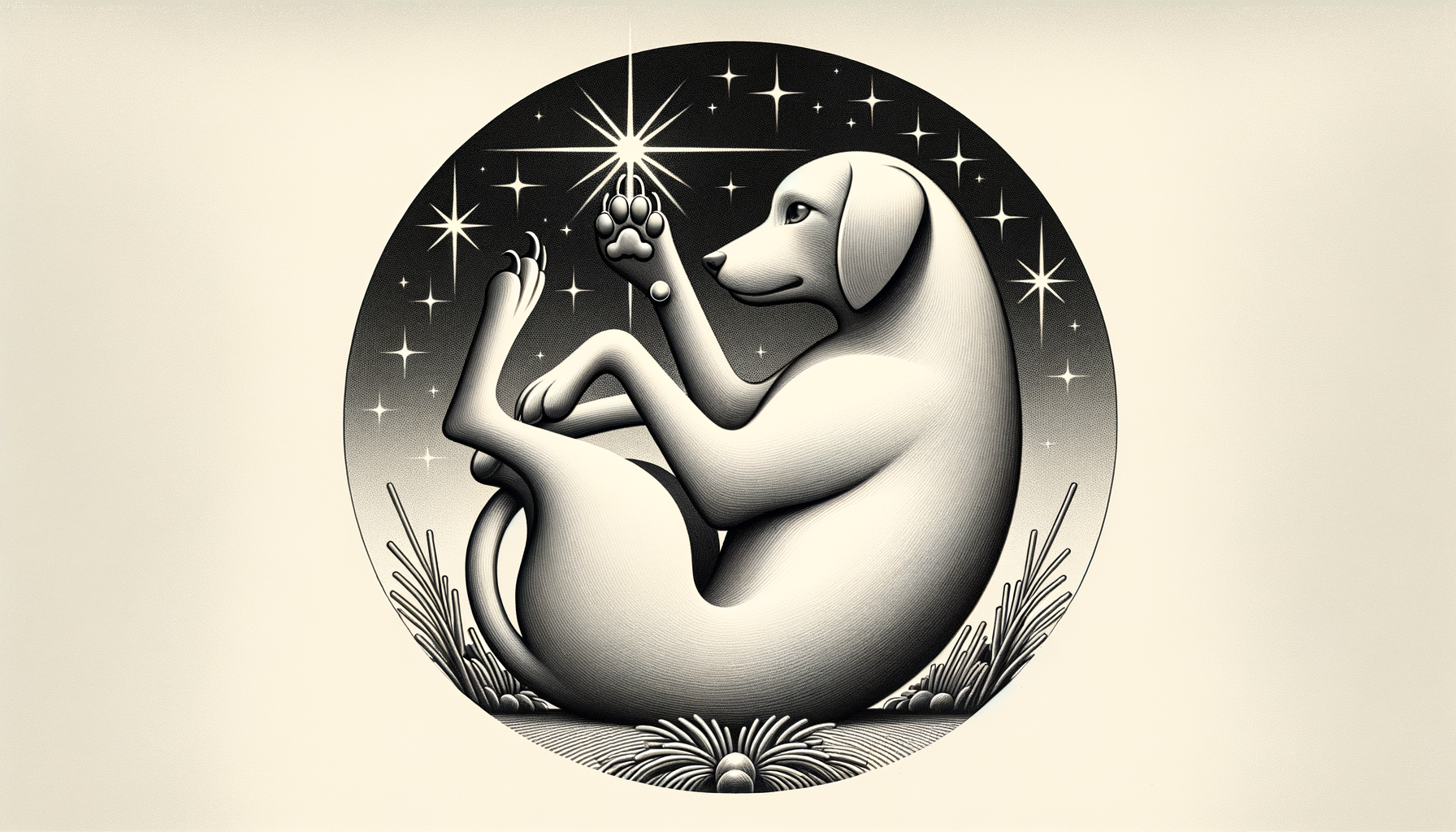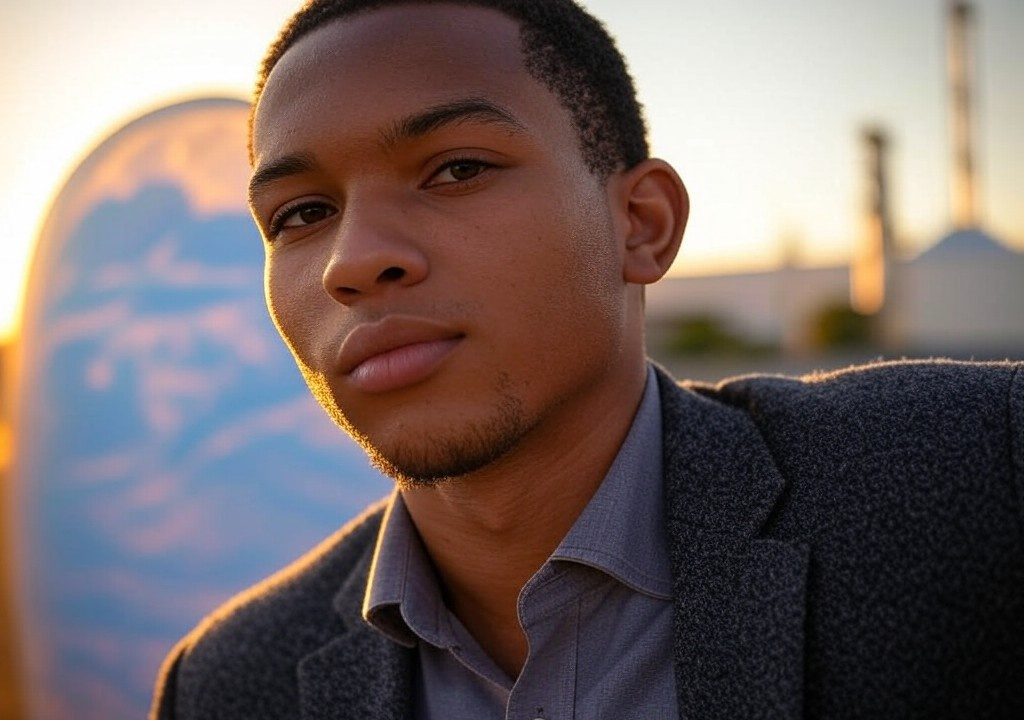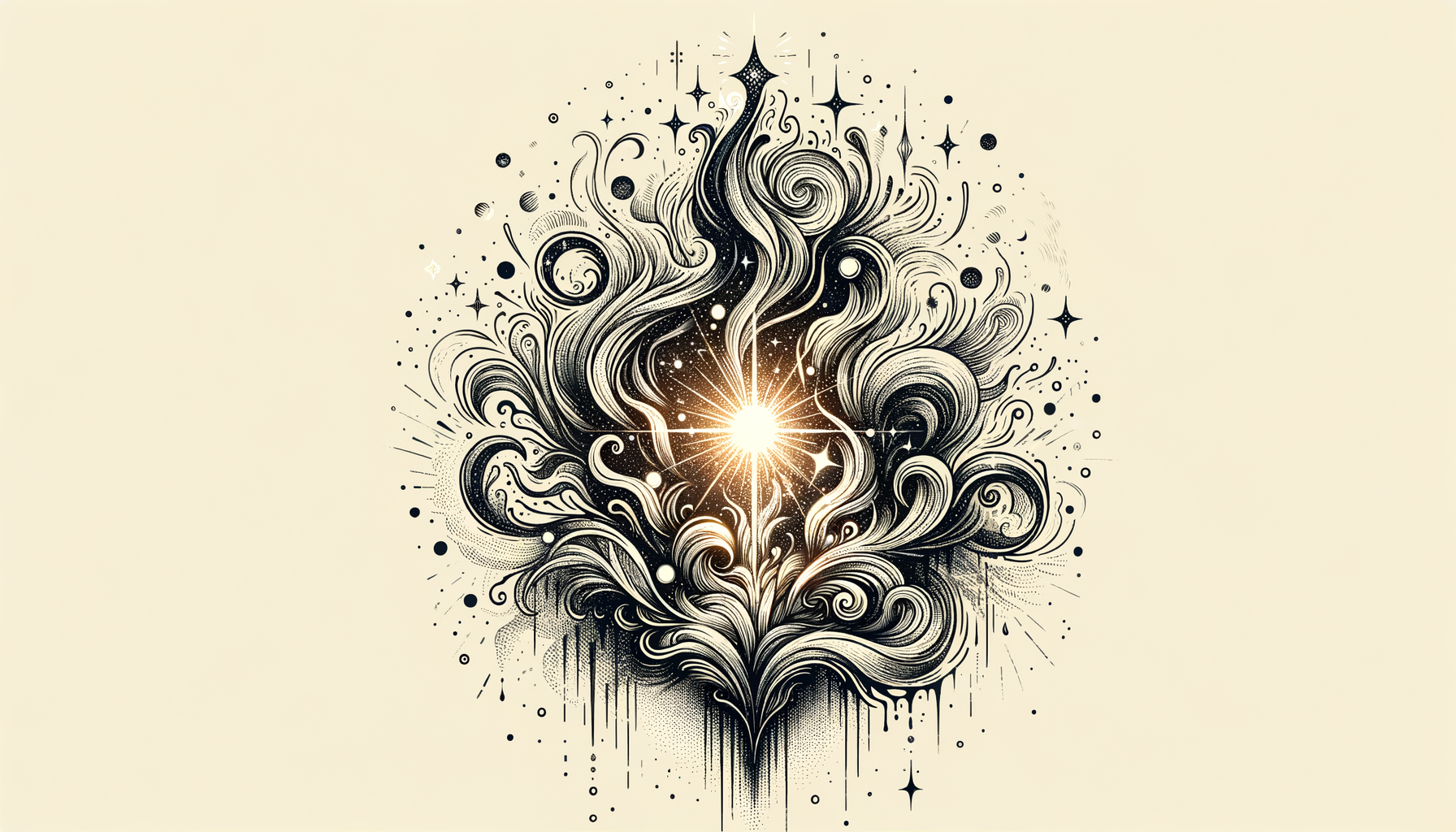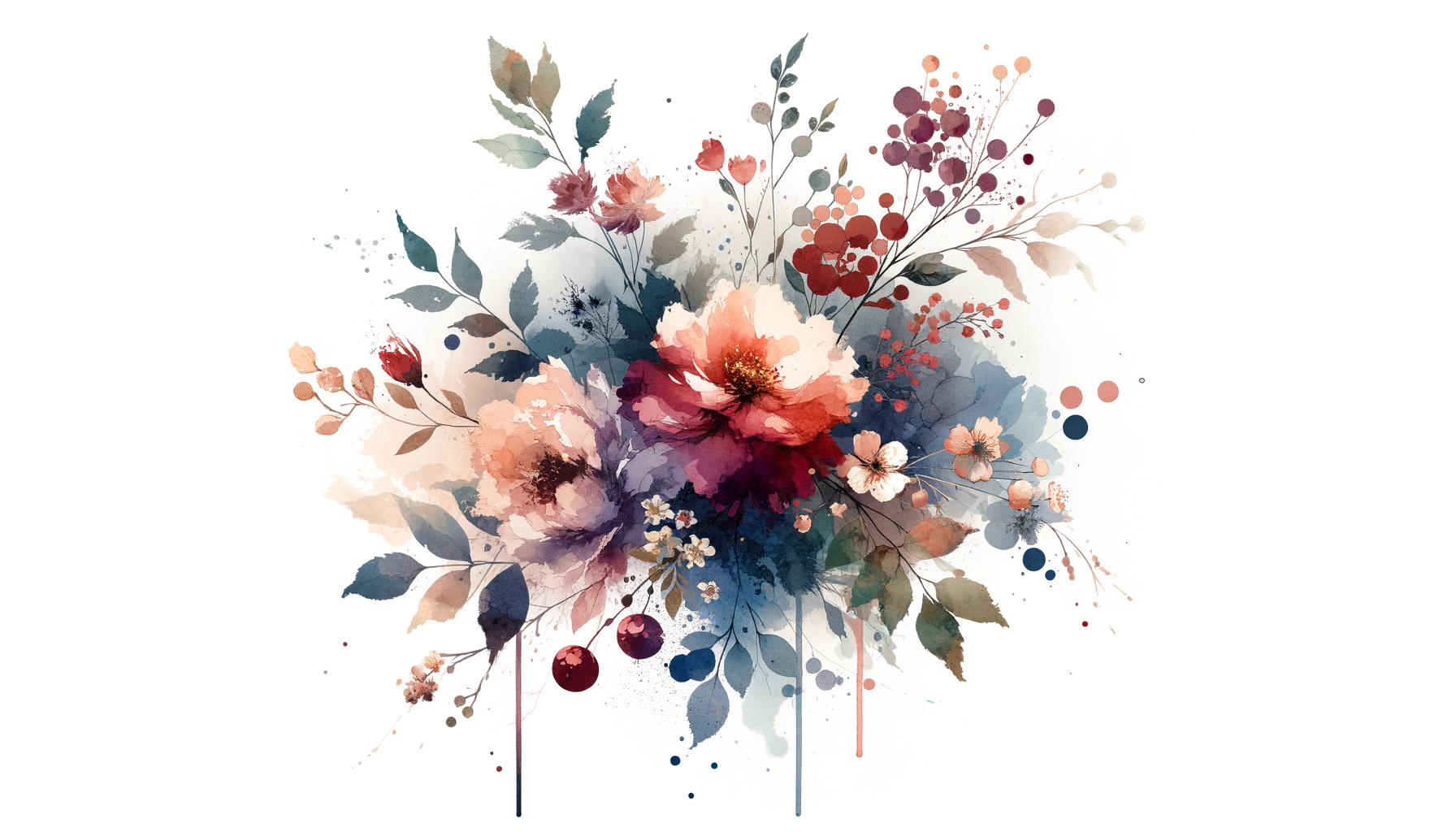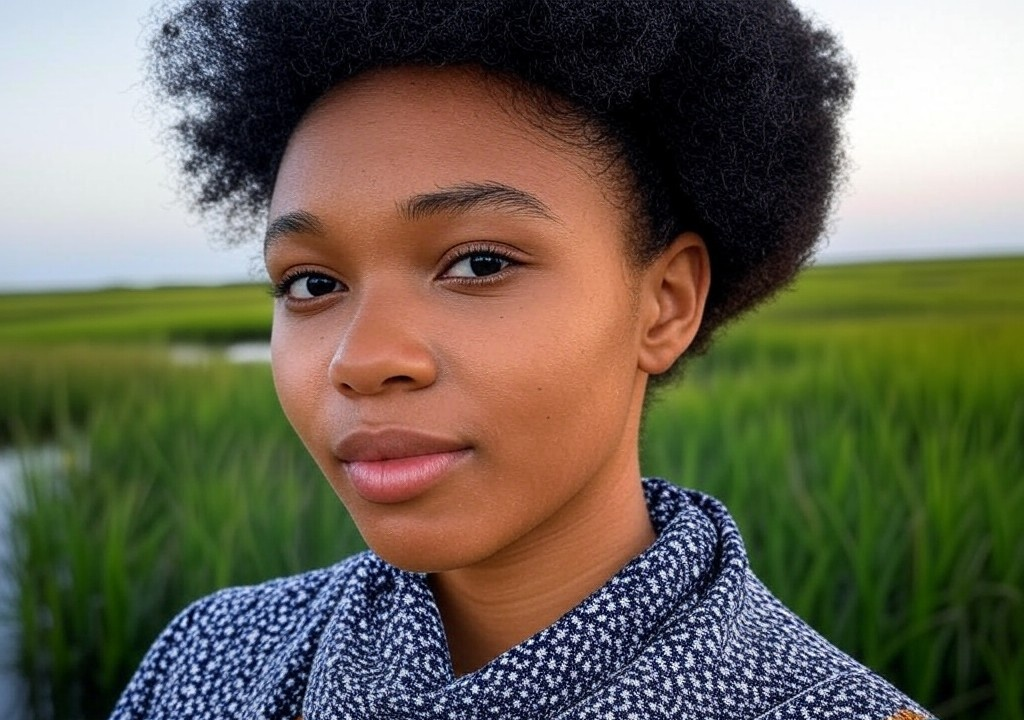For years, my mornings followed the same predictable pattern: wake up to the smell of pine drifting through the cabin, make a cup of coffee so dark it could double as an existential crisis, and shuffle out to the deck to stare at Lake Tahoe’s glassy surface. It was peaceful. It was grounding. It was also lonely as hell.
At the time, I wasn’t ready to admit it. I told myself I was too busy with work—a pile of trail restoration reports for the Forest Service—to focus on my personal life. And yet, it wasn’t lost on me that the closest thing I had to intimacy was a flock of Canada geese squabbling in the bay.
It wasn’t until I adopted one small habit—a habit so seemingly minor that at first, I thought it was ridiculous—that everything started to shift. What was it? Saying “yes” more often. Yes, to invitations. Yes, to conversations I might’ve avoided before. Yes, to cracking myself open a little, even when it felt unnatural.
And to my surprise, that single word didn’t just help me connect with others; it helped me connect with myself, which, as it turns out, is the real magic trick. Let me explain how this unfolded and why anyone—whether you're nursing a broken heart, feeling stuck in your love life, or simply trying to deepen your connections—might want to give it a try.
The Science and Art of Saying “Yes”
Let me be clear: I’m not suggesting you embark on some cartoonish Jim Carrey-style life experiment where you say “yes” to everything from skydiving to pyramid schemes. (For the record, no amount of “yes energy” will get me to pay $600 for powdered matcha.) What I’m talking about is the quieter practice of leaning into opportunities that come your way—even, and especially, when your instinct is to freeze or retreat.
Why does this matter? Because habits shape who we are. In relationships, we often think big but act small. We want to meet someone who understands us on a soul-deep level, share our lives with them, and never worry about who’s taking out the trash. But before any of that can happen, connection needs space to breathe. Saying “yes” widens the opening, even just a crack.
Psychologists call this mindset “approach behavior,” the opposite of avoidance. Essentially, when you say “yes,” you’re training your brain to expect positive outcomes rather than bracing for rejection or failure. You’re also signaling to yourself, “Hey, I’m worthy of human connection.” That’s a loop worth repeating.
From Avoidance to Adventure
Here’s how saying “yes” played out in real life for me.
After an especially icy winter a few years back, a neighbor I barely knew invited me to an end-of-season cookout. Frankly, my inner introvert balked. A bunch of strangers? Making small talk over charred hot dogs? It sounded about as appealing as hiking in wet socks. But then I heard myself say it: “Sure, I’ll come by.”
At first, it was awkward. I hovered near the guacamole like some kind of food guardian, unsure where to insert myself. But then I joined a group debating whether Tahoe qualifies as a true alpine lake (it doesn’t, nerd alert). By the end of the night, I’d exchanged numbers with a ski instructor named Lucas and agreed to hike Mount Tallac as soon as the snow melted.
Spoiler: Lucas later introduced me to one of his friends, who I ended up dating for a year. While the relationship didn’t last, that night remains a turning point—not because it led to romance, but because it reminded me that taking social risks is worth the discomfort.
Bringing “Yes” Into Your Daily Life
Want to know how to introduce a “yes strategy” without feeling like you're forcing yourself to be someone you're not? Here’s what worked for me:
-
Start Small: You don’t have to commit to a marathon of social plans. Try saying yes to one thing you’d normally pass on—grabbing coffee with a new coworker, joining a group paddleboard outing, or calling an old friend you’ve drifted from.
-
Embrace Mini-Risks: If you’re like me, you probably avoid certain interactions out of fear that they’ll flop. But connection grows in unexpected places—like that time I chatted with a couple of birdwatchers and ended up getting some stellar relationship advice about patience from one of them. (Who knew ornithologists moonlight as therapists?)
-
Loosen the Script: Don’t overthink where a yes might lead. You’re not committing to lifelong friendship, romance, or even a second meeting. The point is to make space for possibility.
-
Check In With Your “Why”: Ask yourself: am I opening up because I want to bring more connection into my life? If the answer is yes, you’re on the right track. If it feels forced or guilt-driven, give yourself permission to say no to that particular ask.
When Yes Means More Than Yes
Over time, I realized saying yes wasn’t just about agreeing to social plans or engaging with others. It was also about saying yes to bold honesty—with myself and with anyone I cared about.
Case in point: I used to dance around sticky conversations in relationships, fearing I’d screw things up by voicing real feelings. One evening, after another long talk that felt more like tiptoeing across a frozen lake, I decided enough was enough. I said yes to vulnerability, explaining what I needed from my partner and asking them to do the same. Did it scare me? Absolutely. Did it help? More than I expected.
Yes doesn’t always point to immediate results, but it creates an environment where growth can happen. Think of it like flipping a compost pile: messy in the moment, but ultimately transformative.
What I’ve Learned
Here’s the thing: saying yes didn’t turn me into some wild extrovert brimming with charisma. (Trust me, I still pick the seat farthest from the action at any potluck.) What it did do was rewire my relationship with fear—fear of rejection, fear of imperfection, and, weirdly enough, fear of being happy.
Love doesn’t live in a vacuum. It thrives in openness, humility, and a willingness to meet life on its terms. Saying yes, in whatever form makes sense for you, is a practice in offering that openness not just to others, but to yourself. So, the next time an opportunity comes your way—or even the hint of one—pause for a second. And then, just maybe, consider the magic hidden in that three-letter word.


